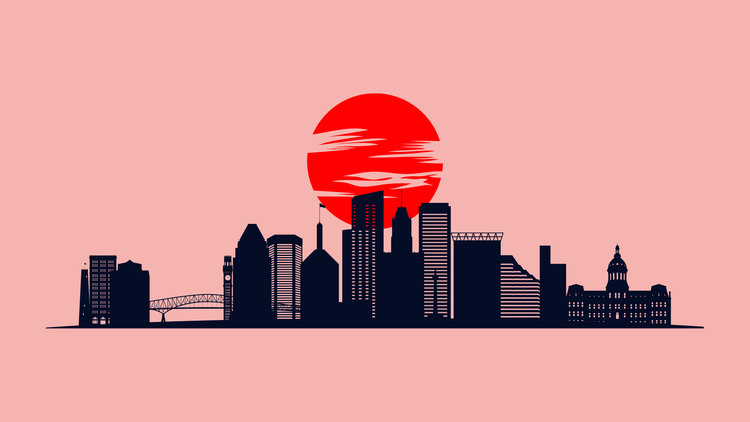Why Cities Are So Hot
Did you know that, on an average day, a city with one million people is about 5°F warmer than the surrounding area? When the sun goes down, that number jumps to 22°F.
This effect is called the Urban Heat Island. It is the result of dry surfaces absorbing large amounts of solar radiation. City buildings, streets, and sidewalks get hot and stay hot.
Since modern cities have very little green space, they do not benefit from the cooling effect of trees and plants. Vegetation may not seem like a big deal, but NASA satellites images show the correlation between dense vegetation and cooler temperatures:

Wearing a suit in August in New York City is miserable. But Urban Heat Islands cause more than discomfort. They significantly increase energy usage and make air and water quality much worse.
One study found that Urban Heat Islands were responsible for a 5-10% energy demand increase and as much as a 20% increase in smog.
Why does this matter?
In my lifetime, two-thirds of the world will live in cities. These urban dwellers will generate 80% of global GDP and 75% of global carbon emissions.
Increases in urban emissions are happening everywhere. Asia's energy consumption increased by 40% between 2006 and 2016. Africa is not far behind.
Rising temperatures and mass urbanization will cause frequent, wildly expensive climate-related disasters. ARkStorm, the inevitable mega-storm that will hit Los Angeles, will cost $725 billion in economic damage statewide. Many more will follow.
Climate change will be more than expensive. In its 2014 "Climate Change Adaptation Report," DoD outlined its complex consequences:
Rising global temperatures, changing precipitation patterns, climbing sea levels, and more extreme weather events will intensify the challenges of global instability, hunger, poverty, and conflict.
All of these challenges are true, but they will be between 5-22°F more extreme in cities.





